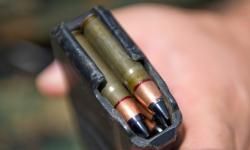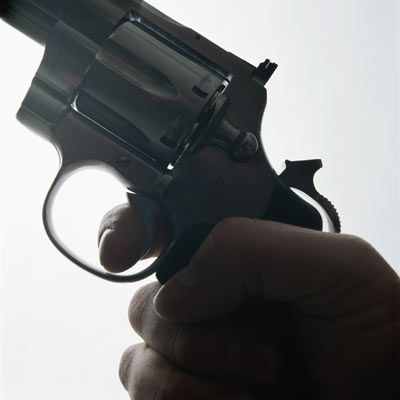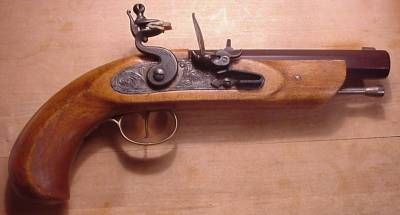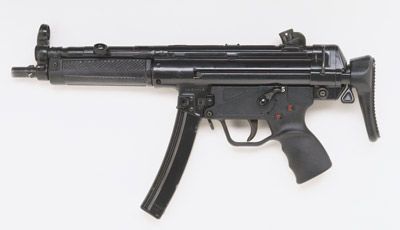The measurement system for wire is also interesting. AWG stands for "American Wire Gauge" and is a standard in the United States for wire diameters. In a house, you typically find 10, 12 and 14 gauge wire, and electronics typically use 20 gauge wire. Wire gauges run from 000000 gauge, which is about half an inch in diameter, down to 40 gauge, which is 0.001 inches. The higher the AWG number, the thinner the wire.
Where did this odd system come from? The modern method for wire drawing is thought to have emerged in Europe in the latter part of the 13th century. This method involves pulling the metal through a series of progressively smaller holes until it reaches the required diameter. The gauge number stems from how many holes the wire is drawn through. And the more holes it's drawn through, the smaller the diameter.



